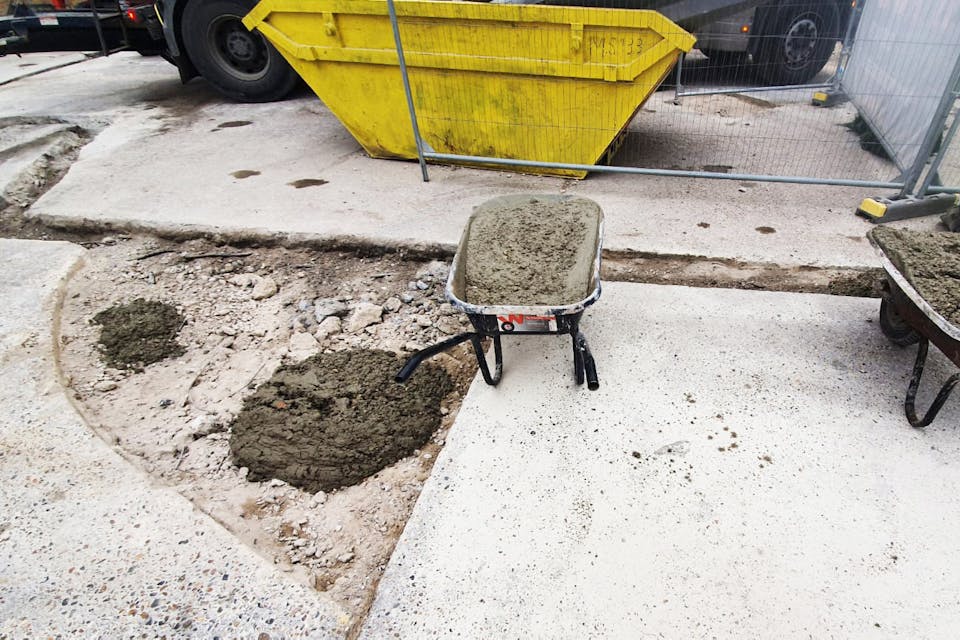Grades of Cement

Cement is very popular and is one of the oldest binding materials in the world!
There are various types of cement available nowadays with each grade of cement having its own special properties. The different grades are used under different conditions.
The three most popular grades of Cement (Portland) are:
- CEM1
- CEM2
- CEM3
There are also further cement grades CEM4 and CEM5.
What we use
Ronimix uses CEM1 cement as we believe its 100% cement ingredients are perfect for the correct mixture of our Ready Mix Concrete. CEM1 is the top grade of cement, particularly since it is not blended with fly ash, meaning that is beneficial for making top-quality concrete. As such we vote for and always use CEM1 as the best in the business!
At Ronimix we know what we get if we order a P320 which is a CEM1, CEM2 or CEM3 mix, or if we order a P320 which is a ‘blended’ mix. This is because to understand cement, you need to understand the different grades. For example, a CEM1 mix contains 100% cement, whereas a CEM2 mix is up to 35% cement replacement, (i.e. it only contains 65% cement) and a CEM3 is up to 55% cement replacement, (i.e. it only contains 45% cement).
The differences in cement replacement are very important to understand because cement replacement will reduce the speed of set … of course this can be useful on the occasional very hot summers day! However, please be aware that the use of a CEM3 mix is not recommended because unless it is cured absolutely correctly, which more often than is not always possible to do, the concrete can fail dramatically! This explains why we use CEM1 – whatever the temperature and ease of no nonsense curing – it allows for a fast, consistent, superior installation of concrete.
The difference between CEM1 and CEM2
All cements, including the CEM1 cements, are allowed 5% minor constituents which is usually limestone. Thus, a CEM I consists of between 95-100% clinker where the CEM2 – 5 cements can range 20-94% clinker.
Blended cement is obtained by mixing CEM1 with mineral admixtures or additives like fly ash, slag, silica fume and limestone. Blended cements are now being used more extensively, as they exhibit good technical and environmental advantages, such as reducing the water demand and therefore the water-cement ratio can be reduced. However, although CEM2 – 5 have some advantages technologically and environmentally, most business choose to use CEM1 to ensure the superior delivery of concrete by having the best quality concrete mix.